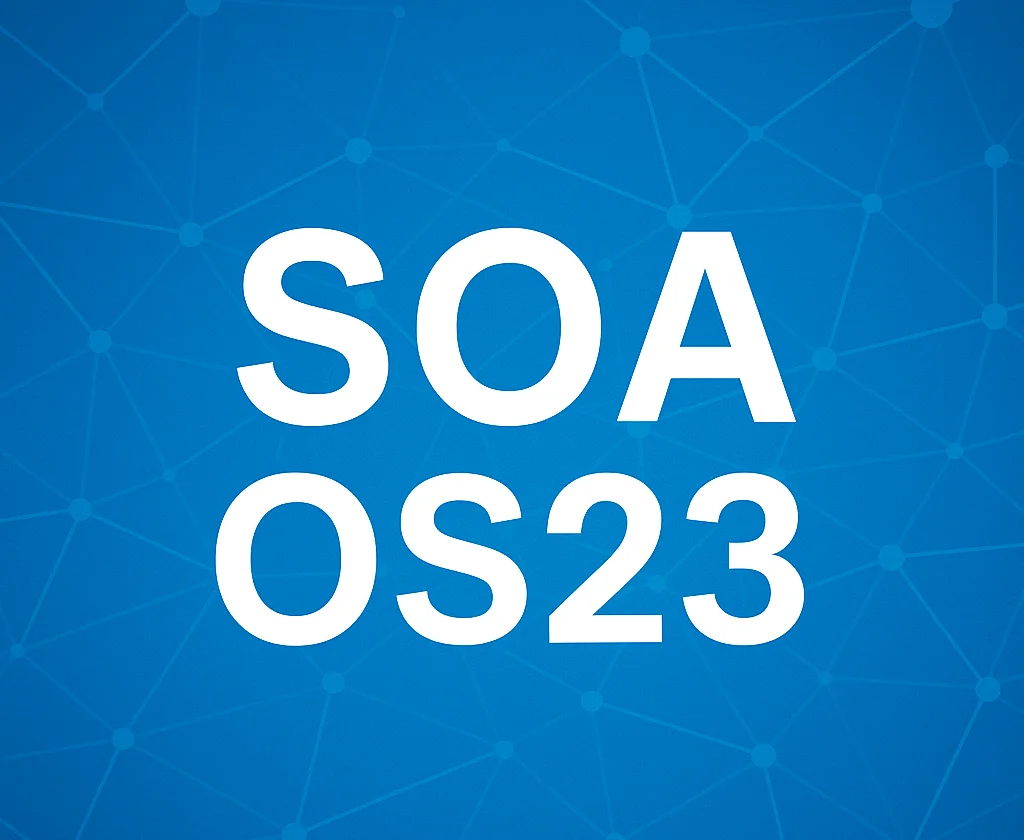The Spark of Change
When Maya, a developer at a mid-sized tech firm, watched her company’s legacy system falter during yet another product update, she knew something had to change. The old monolithic structure was collapsing under new demands, real-time updates, API integrations, and cloud scaling. Amidst the chaos, she came across a promising concept: SOA OS23.
It wasn’t just another buzzword. It represented a modernized, service-oriented approach, one that allowed applications to evolve without breaking. Maya’s team decided to leap, and within months, they witnessed systems communicating more fluidly, releases happening faster, and operations becoming more resilient. Her story mirrors a growing movement reshaping software architecture worldwide.
Understanding SOA OS23
Definition and Purpose
SOA OS23, short for Service-Oriented Architecture Open Standard 2023, reimagines the traditional service-oriented model to align with today’s cloud-native, API-driven world. It focuses on decomposing applications into modular services that are independently deployable, scalable, and maintainable.
Each service performs a single business function like user authentication, billing, or notifications and communicates via standardized APIs or event streams. This independence gives teams the flexibility to innovate without affecting other services.
Core Principles
- Loose Coupling: Each service stands on its own, reducing dependency chains.
- Reusability: Components can be reused across projects or departments.
- Discoverability: Services register themselves for automatic discovery.
- Observability: Real-time monitoring ensures system transparency.
- Security: Built-in policies enforce encryption and authentication at every level.
Why SOA OS23 Matters
Scalability and Modularity
As applications grow in size and complexity, the ability to scale specific modules becomes vital. SOA OS23 enables horizontal scaling only of the services experiencing high demand, not the entire application. This precision saves both resources and cost.
Interoperability and Integration
In a world of hybrid clouds and third-party APIs, interoperability is no longer optional. SOA OS23 emphasizes protocol-agnostic communication, allowing systems written in different languages and hosted on various platforms to coexist seamlessly.
Resilience and Security
Failures are inevitable, but isolation minimizes damage. Each service in SOA OS23 can restart independently, protecting the larger system from cascading failures. Meanwhile, its zero-trust model ensures every service authenticates and authorizes every request, keeping sensitive data secure.
Implementing SOA OS23 in Practice
Start Small, Scale Gradually
Organizations transitioning from monolithic to service-oriented architecture should begin with a single business domain, say, user management. Breaking this component out as a standalone service provides early wins and practical experience before scaling to more complex areas.
Governance and Standardization
To avoid service sprawl, define governance rules from day one:
- Establish naming conventions and version control.
- Document API contracts and data schemas.
- Use service registries for discovery and tracking.
Tooling and Monitoring
Modern observability stacks (Prometheus, OpenTelemetry, Grafana) can monitor latency, traffic, and health across distributed systems. Pair this with automated deployment via Kubernetes or Docker for continuous delivery and fault tolerance.
Challenges and Solutions
Cultural Resistance
Teams used to monolithic workflows may resist change. Address this with education and by highlighting tangible benefits, faster releases, clearer ownership, and improved fault isolation.
Performance Overhead
More services mean more network communication. Combat latency by optimizing message payloads, caching responses, and using asynchronous queues when possible.
Complex Security Management
While distributed architectures increase surface area, modern identity and access management (IAM) systems, coupled with token-based authentication, can simplify protection across microservices.
Real-World Use Cases
Enterprise Applications
Large organizations benefit from modular service deployment, allowing independent development across departments while maintaining unified data flow.
Internet of Things (IoT)
SOA OS23 principles apply naturally to IoT environments, where sensors and devices act as discrete services communicating with the cloud. Modular architecture allows updates without full system downtime.
Financial and Healthcare Systems
Sectors with strict compliance demands value the traceability and isolation of service-oriented systems. Audit trails and encryption layers enhance trust and regulatory adherence.
The Future of Service Architecture
AI-Driven Automation
Artificial intelligence will soon manage service orchestration, predicting demand, allocating resources, and automating scaling before bottlenecks occur.
Blockchain Integration
Immutable transaction logs powered by blockchain can enhance transparency and accountability within distributed service ecosystems.
Cross-Platform Standardization
As more vendors adopt open standards, interoperability between different cloud providers and frameworks will become frictionless, further amplifying SOA OS23’s potential.
Conclusion
In today’s fast-paced digital landscape, adaptability is everything. The transition to SOA OS23 reflects a shift from rigid, monolithic systems toward modular, intelligent, and self-healing ecosystems. It encourages developers to think in terms of services, small, independent, but powerful when combined.
For tech enthusiasts, engineers, and businesses alike, embracing this evolution isn’t just about modernization; it’s about building a foundation for continuous innovation. As Maya’s story shows, when architecture aligns with agility, transformation becomes not only possible but sustainable.


